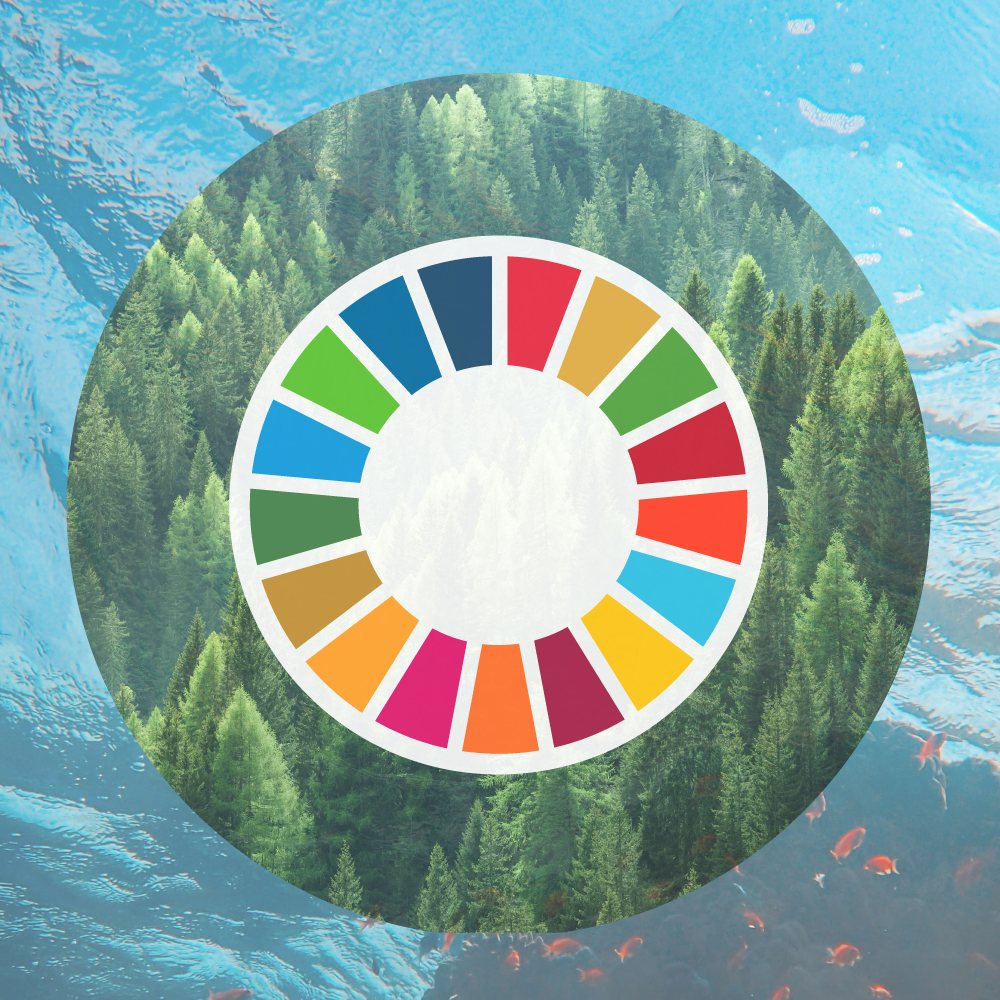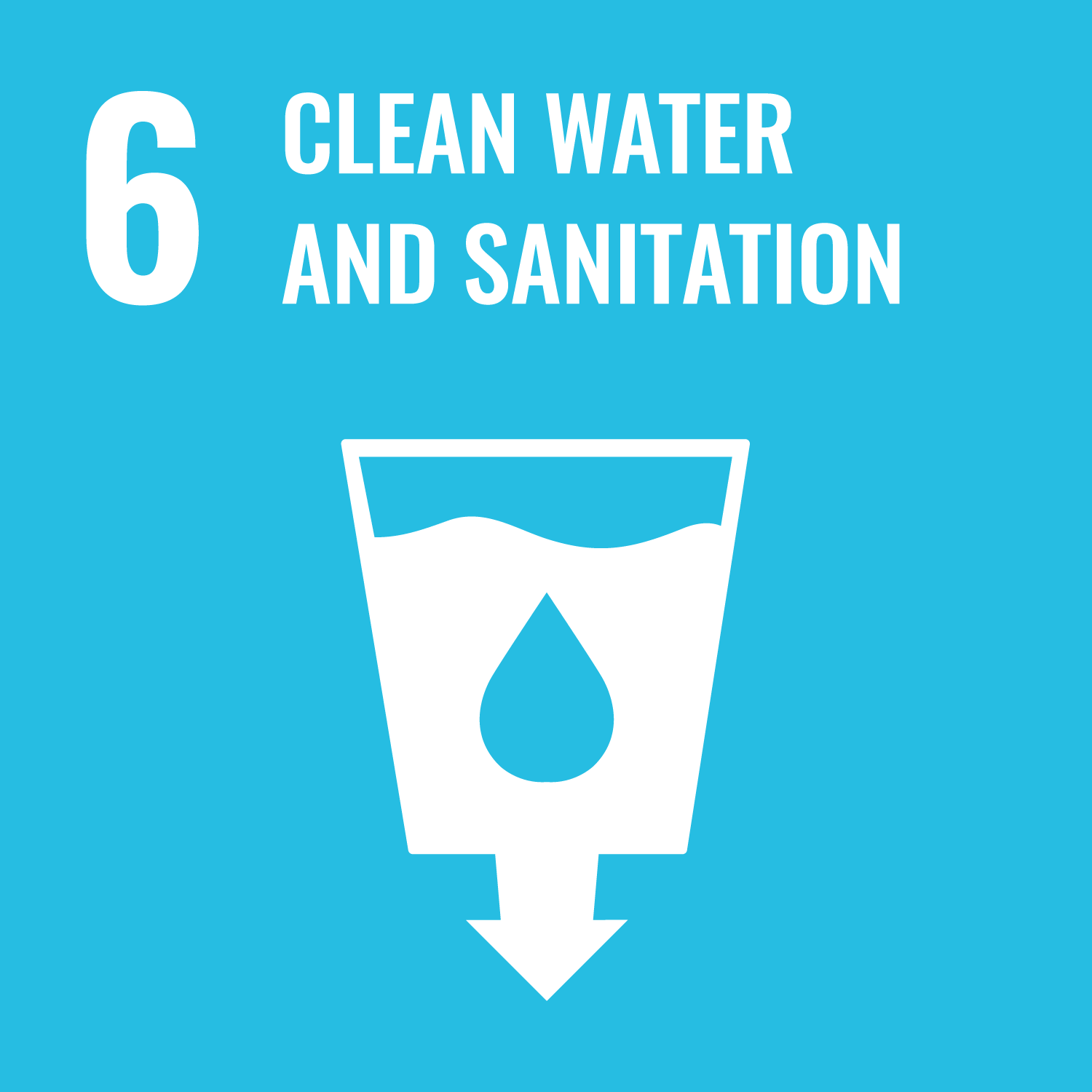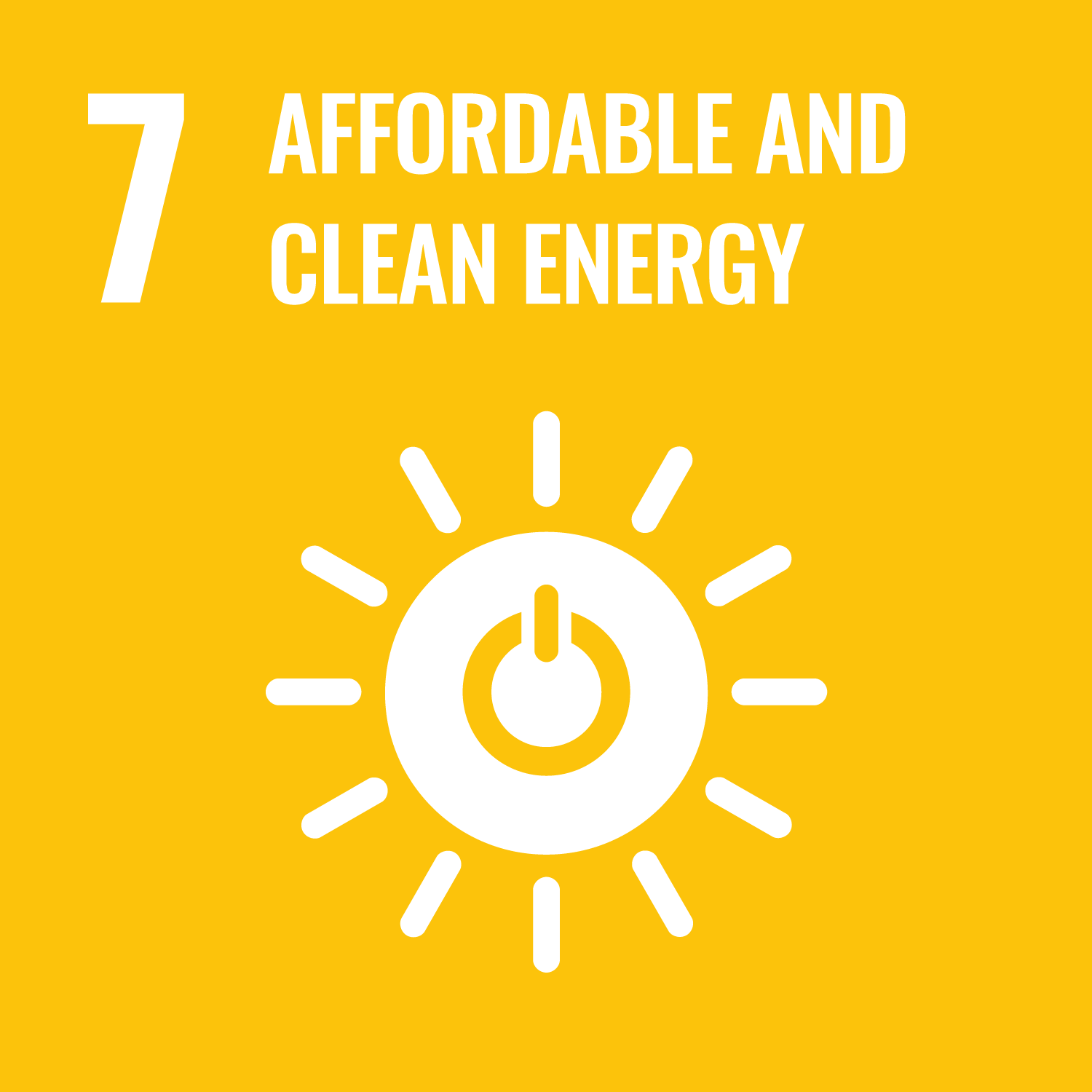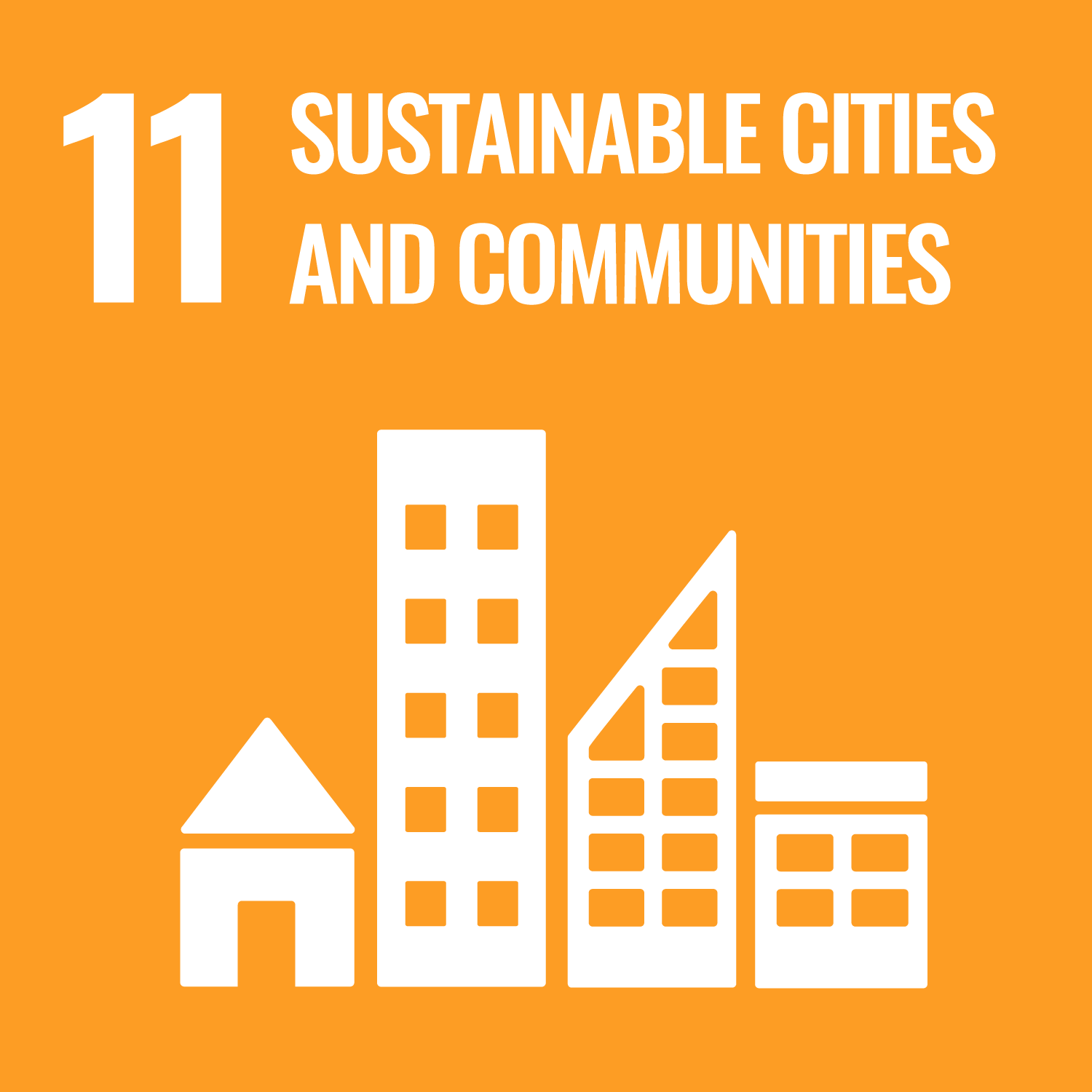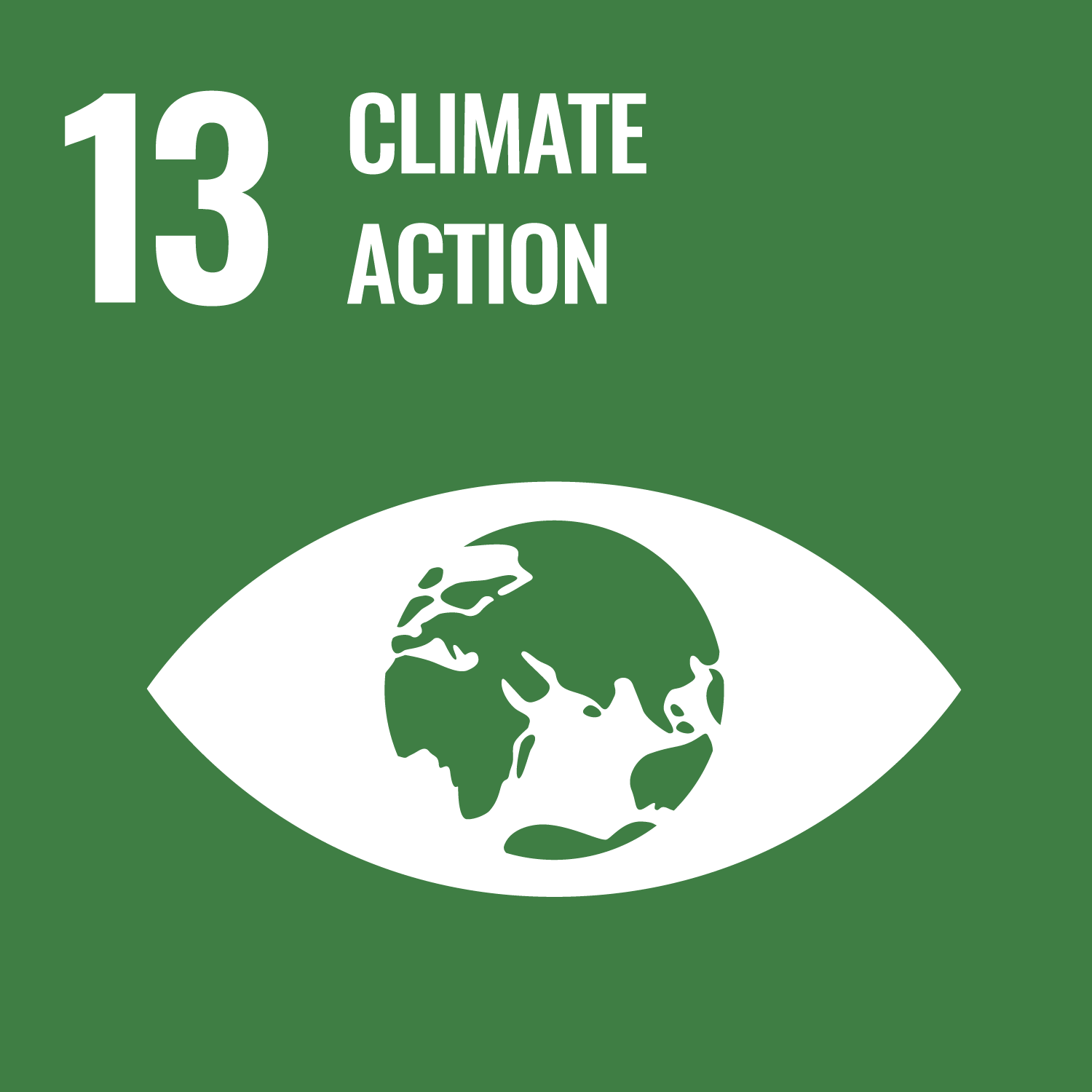So much needs to be done to solve the critical environmental issues facing the global community – climate change, water scarcity, resource depletion and habitat loss, to name the big ones.
That’s why, in September of 2015, the United Nations adopted the 2030 Agenda and Sustainable Development Goals (SDGs). The 17 SDGs and their corresponding 169 targets run from 2016 through 2030 and in that time, seek to “free the human race from the tyranny of poverty and want and to heal and secure our planet.”1 This may sound like an unrealistic mission, but the UN goals are actually achievable – if governments, businesses, nonprofits, other organizations and even individuals all do their part.
At Toyota, we are committed to doing our part. The Toyota Environmental Challenge 2050 supports many of the SDGs and shares their fundamental mission – to make the world better, safer and healthier. But we can’t achieve these goals in isolation – no single entity can. These are shared problems that require a shared response. Here in North America, we believe environmental sustainability activities undertaken within our four focus areas can make significant contributions to six of the UN’s Sustainable Development Goals:
| Focus Area | UN SDG |
|---|---|
| Water | Goal 6 – Clean Water and Sanitation |
| Carbon | Goal 7 – Affordable and Clean Energy |
| Goal 11 – Sustainable Cities and Communities | |
| Goal 13 – Climate Action | |
| Materials | Goal 12 – Responsible Consumption and Production Patterns |
| Biodiversity | Goal 15 – Life on Land |
1 Transforming our World: the 2030 Agenda for Sustainable Development, Preamble, A/RES/70/1, adopted by the United Nations General Assembly on 25 September 2015 https://sustainabledevelopment.un.org/post2015/transformingourworld.
This journey is only beginning. Achieving the SDGs and the Toyota Environmental Challenge 2050 will take careful planning. And time: We won’t see progress on this massive scale overnight. Our environmental activities are about evolution – incremental, steady steps forward. They’re also about innovation – finding new and creative ways to make change. They’re about sharing our expertise to help others and maximize positive outcomes. And most of all, they’re about doing. Our 36,000 North American team members are on board as well as suppliers, dealers and other partners. Together, we are ready to make great things happen and start our impossible toward a more sustainable future.
To find out more about the 17 UN SDGs, visit the UN’s Sustainable Development Knowledge Platform.
F1 / Contributing to the UN Sustainable Development Goals
Toyota's response to the UN SDGs, particularly those addressing environmental issues, is centered around the six far-reaching goals within the Toyota Environmental Challenge 2050 (Challenge 2050). Each major region is developing strategies and targets to help the company achieve these goals. Here in North America, our activities supporting both Challenge 2050 and the SDGs are organized by our core focus areas of Water, Carbon, Materials and Biodiversity. Our long-term strategies in each of these focus areas, supported by our outreach activities, show the steps we're taking to address the world’s pressing environmental problems and become part of the solution.

TMNA FOCUS AREA: WATER
Water is a precious and finite resource that is critical to the survival of people and the planet, yet it is often undervalued. Through the Toyota Environmental Challenge 2050, Toyota recognizes water as a global issue that requires a local response (Challenge 4).
Some of Toyota's North American sites are in water-stressed areas, and our larger assembly plants use significant volumes of water during vehicle production, particularly in the painting process. To conserve water and improve water quality, we are developing water stewardship plans for our sites located in areas of high water stress and limiting the levels of pollutants in our wastewater discharge to below permit requirements.
Find out more about how our activities contribute to meeting Sustainable Development Goal 6 on Clean Water and Sanitation in the Water chapter of this report.
TMNA FOCUS AREA: CARBON
Access to energy is a key driver of economic growth. Given the world's growing population, clean energy is even more crucial. Energy storage, whether in second-life batteries or through stationary hydrogen storage, can help set the stage for increasing the share of renewable electricity on the grid. Through the Toyota Environmental Challenge 2050, Toyota recognizes the connection between using clean energy and limiting greenhouse gas emissions (Challenges 2 and 3).
Toyota uses energy to power our manufacturing plants, distribution centers and offices. Our suppliers also use energy to power their facilities. Ensuring energy is used efficiently and comes from renewable sources is a key component of our Carbon strategy.
Find out more about how our activities contribute to meeting Sustainable Development Goal 7 on Affordable and Clean Energy in the Carbon chapter of this report.
TMNA FOCUS AREA: CARBON
More than half the world's population lives in cities. Air pollution is a major concern in cities, and many people living in cities breathe air that does not meet the air quality standards set by the World Health Organization. Through the Toyota Environmental Challenge 2050, we recognize our role in the development of sustainable transport and in reducing the environmental impacts of driving, especially in urban communities (Challenge 1).
Here in North America, we are supporting infrastructure development for hydrogen fuel cell electric vehicles, which emit no pollutants – only water. Toyota Mirai is our first hydrogen fuel cell electric vehicle, on the market in California, Quebec and British Columbia. We also announced the delivery of 10 hydrogen fuel cell electric Class 8 trucks for operation at the Ports of Los Angeles. The promise of zero-emission vehicles is fulfilled only when the fuel these vehicles use is created in a way that doesn’t create emissions. That’s why we will be using 100 percent renewable hydrogen fuel produced from biogas.
Find out more about how our activities contribute to meeting Sustainable Development Goal 11 on Sustainable Cities and Communities in the Carbon chapter of this report.
TMNA FOCUS AREA: CARBON
The global nature of climate change calls for broad cooperation in developing sustainable, low carbon pathways to the future. Toyota recognizes climate change as a global priority issue and has established three aggressive carbon goals to eliminate CO2 emissions from our new vehicle fleet, facilities and logistics operations, and supply chain, all by 2050 (Challenges 1, 2 and 3).
Here in North America, we are working toward improving fuel economy and reducing CO2 emissions from new vehicles by offering electrified versions of each Toyota and Lexus model by around 2025. We are also reducing absolute CO2 emissions from our facilities and transportation activities, and increasing our use of renewable energy. We are partnering with various stakeholders to advance infrastructure for alternative fuel vehicles, reduce congestion and develop low carbon fuels. And, we are working with suppliers to communicate our goals and help them find ways to reduce their carbon footprint.
Find out more about how our activities contribute to meeting Goal 13 on Climate Action in the Carbon chapter of this report.
TMNA FOCUS AREA: MATERIALS
Economic growth and development require the production of goods and services that improve the quality of life. But the rapid increase in global consumption of materials has come at a cost to the environment. Sustainable production and consumption patterns are required to minimize the natural resources and toxic materials used as well as the waste and pollutants generated. Through the Toyota Environmental Challenge 2050, Toyota acknowledges the need to move away from a throw-away society to a recycling-based society (Challenge 5).
Here in North America, to promote a circular economy and avoid both depletion of natural resources and environmental pollution from increasing amounts of waste, we focus on increasing reuse and recycling, reducing waste, and enhancing our use of sustainable raw materials.
Find out more about how our activities contribute to meeting Sustainable Development Goal 12 on Responsible Consumption and Production in the Materials chapter of this report.
TMNA FOCUS AREA: BIODIVERSITY
Halting biodiversity loss has become a critical endeavor as many species slide toward extinction. To safeguard these species and their habitats, protected areas have been designated around the world. Through the Toyota Environmental Challenge 2050, Toyota recognizes the need to protect species and conserve habitat (Challenge 6).
Toyota owns more than 21,000 acres of land in North America and has facilities in or near crucial habitats. Our company believes strongly in working in harmony with nature. To that end, we partner with others to protect critical habitat and threatened species, certify projects with the Wildlife Habitat Council, and educate both our team members and communities about the importance of biodiversity.
Find out more about how our activities contribute to meeting Sustainable Development Goal 15 on Life on Land in the Biodiversity chapter of this report.

Kevin Butt
Senior Director, Environmental Sustainability
Toyota Motor North America, Inc.
